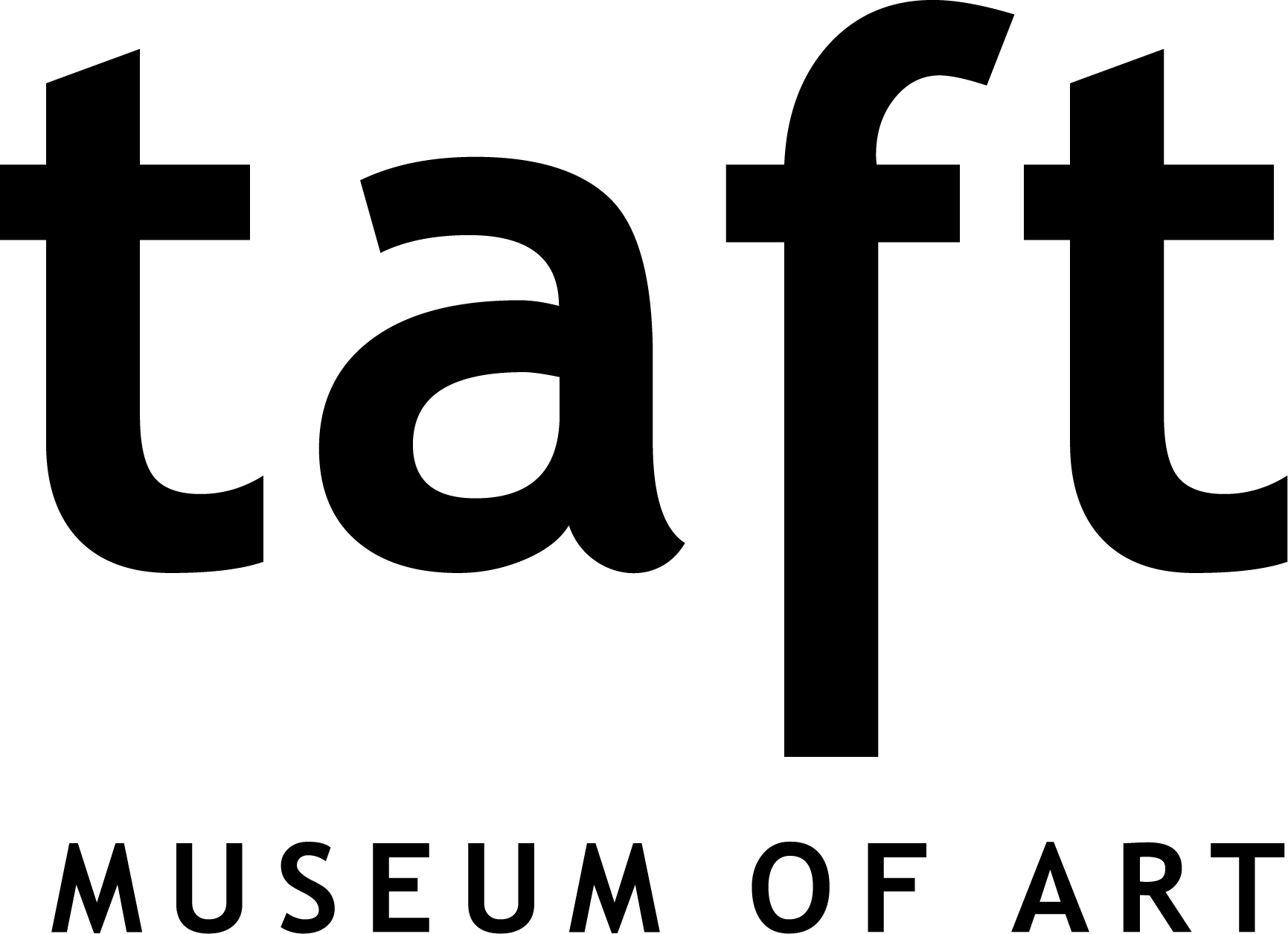Limoges Enamels During the Reformation
Small and shiny, Limoges enamels glow like jewels in the Taft Museum of Art’s Medieval and Renaissance galleries. Workshops of skilled artisans in Limoges, France, produced these decorative objects by delicately fusing layers of vividly colored glass to copper. By the 16th century, influenced by the Italian Renaissance and aided by a newly developed enameling technique similar to painting, enamellers replaced medieval modes of decoration with dynamic storytelling.




